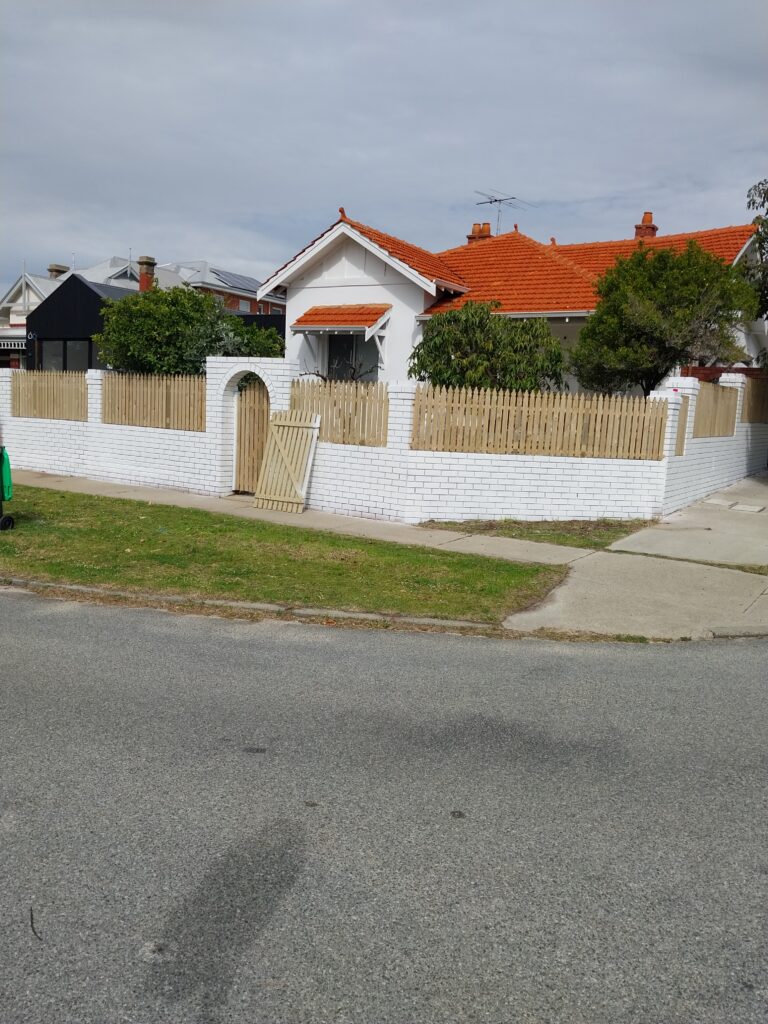VACANT
One Hundred and Forty Thousand Vacant Homes. Australia is currently grappling with a significant housing crisis, characterized by an alarming number of vacant homes, estimated to be around 140,000. These unoccupied properties, often referred to as “Ghost Homes,” have become a focal point of intense debate among policymakers, housing experts, and the general public. The term “Ghost Homes” underscores the stark contradiction of having a substantial number of empty residences amid a pervasive housing shortage that leaves many individuals and families struggling to secure affordable housing.

GHOST HOMES
The issue of “Ghost Homes” brings to the fore several critical questions and concerns. Firstly, it raises the issue of property speculation. Many of these vacant homes are owned by investors who leave them unoccupied, either waiting for property values to rise or using them as a tax write-off. This practice not only exacerbates the housing shortage but also inflates property prices, making it even more challenging for first-time buyers to enter the market.
inadequacies
Secondly, the phenomenon highlights the inadequacies of current housing policies. Despite various government initiatives aimed at increasing housing supply and making housing more affordable, the existence of such a large number of vacant homes suggests that these policies are not effectively addressing the core issues. There is a pressing need for more stringent regulations and innovative solutions to ensure that available housing is utilized to meet the needs of the population.
economic implications
Furthermore, the presence of “Ghost Homes” has significant economic implications. For property maintenance contractors, the abundance of vacant properties translates to a considerable loss of business opportunities. Regular maintenance, repairs, and renovations, which are essential for occupied homes, are often neglected in empty properties. This lack of upkeep can lead to the deterioration of these homes, further diminishing their value and making them less attractive for potential buyers or renters in the future.
Energy suppliers are also adversely affected by this trend. Vacant homes consume minimal energy compared to occupied ones, leading to a reduction in demand for electricity, gas, and other utilities. This decrease in consumption can impact the revenue of energy companies, particularly those operating in regions with a high concentration of “Ghost Homes.”
decline in community cohesion
The social implications of “Ghost Homes” cannot be overlooked either. The existence of numerous vacant properties in neighborhoods can lead to a decline in community cohesion and an increase in crime rates. Unoccupied homes are often targets for vandalism and squatting, which can create a sense of insecurity among local residents.
In conclusion
In conclusion, the issue of “Ghost Homes” in Australia is a multifaceted problem that requires urgent attention and action. It highlights the need for a comprehensive review of housing policies, stricter regulations on property speculation, and innovative solutions to ensure that available housing is effectively utilized. Addressing this issue is not only crucial for alleviating the housing crisis but also for supporting the economic stability of property maintenance contractors and energy suppliers, as well as fostering stronger, safer communities.